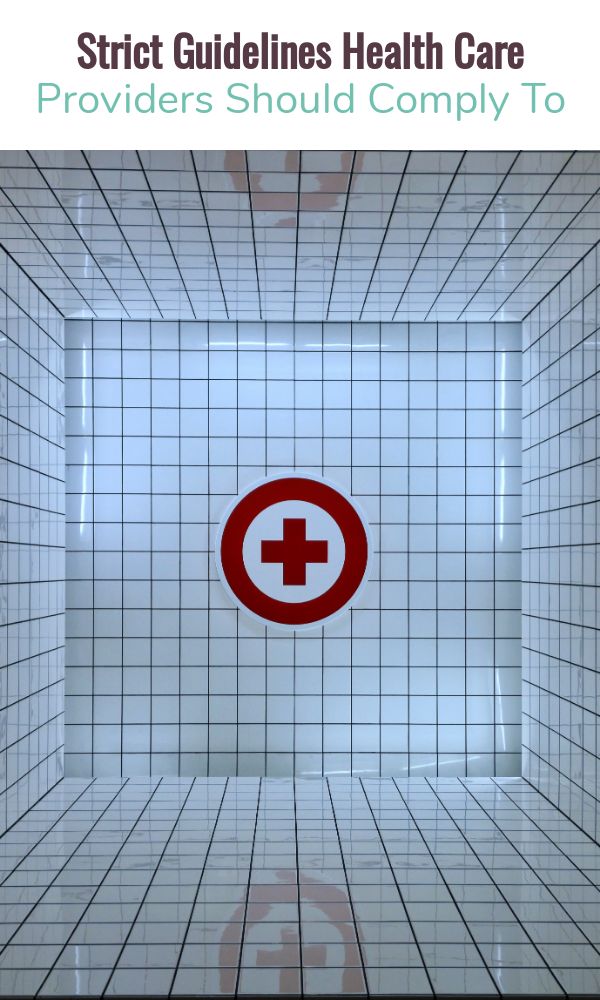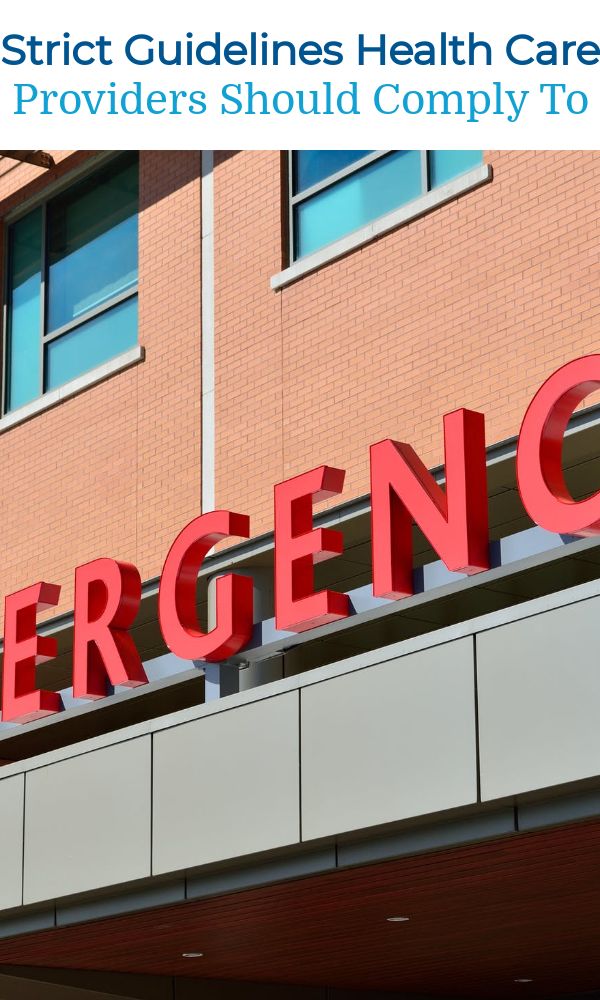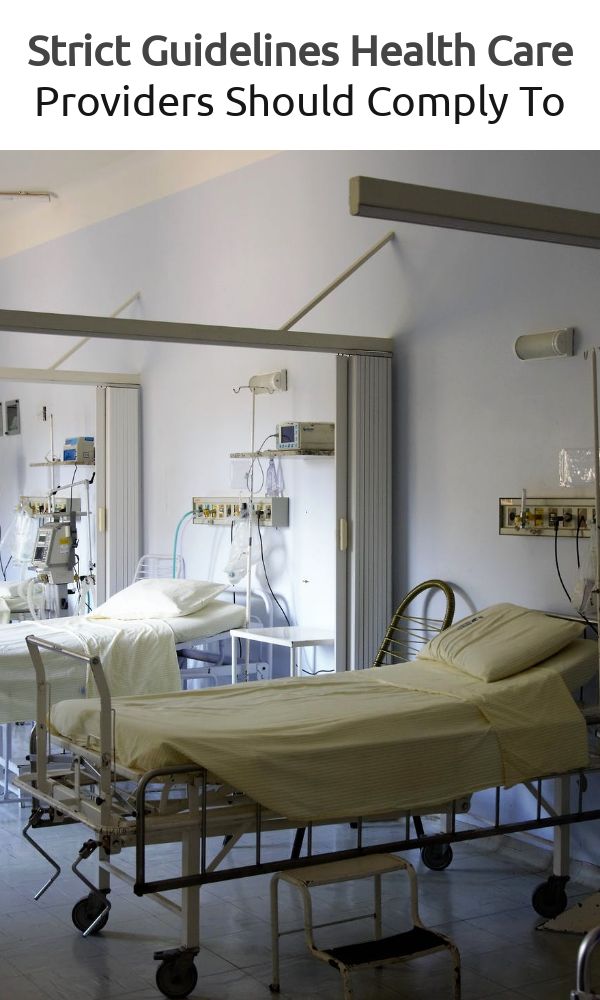
Strict Guidelines Health Care Providers Should Comply To
To determine if a health care facility has the proper standards and regulations in place to ensure that it adheres to the law, you must first do an inspection of the facility. This will allow you to determine if anyone of the standards and regulations is being followed or not. It will also help you see whether the standards and regulations are being followed on your behalf.
Inspections are usually conducted by inspectors who specialize in health care facilities. They usually have prior knowledge of the facilities and area to make an accurate inspection. Inspectors make their assessments based on personal knowledge of the area and the nature of the businesses they inspect. Inspectors are able to discern some of the deficiencies and problems in the facilities without the benefit of seeing how they operate on a daily basis.

Health care facilities that are health care providers for the public can be inspected by the United States Department of Health and Human Services, Centers for Medicare and Medicaid Services (CMS). The scope of these inspections varies from state to state. In addition, a physician’s aid or clinic could be inspected by a state health department.
The inspection conducted by a state health department usually focuses on what is known as quality improvement, which focuses on improving the health and safety of the patients of the facility, preventing and reducing the occurrence of injuries, illnesses, and infections, and improving the work environment for employees and patients. These agencies are required to follow the requirements of the Americans with Disabilities Act (ADA) with respect to the provision of services and to the standards of care for employees in the health care facility.
An inspection of the type that is done by the state department of health is usually conducted when a facility hires a licensed or certified nursing assistant (L.N.A.) to provide services to the facility, even though the L.N.A. may already be working there under a contract.
The purpose of the L.N.A. is to provide health and/or vision care to patients and to maintain the medical condition of their patients. If this is the case, the professional should have a license, maintain active training, and be trained in emergency procedures and special needs.
The purpose of the L.N.A. is to provide eye care services, including providing vision screening and eye exams, providing preventive and clinical treatments, and administering medications and devices. The L.N.A. also provides services to patients’ family members.
The L.N.A. must be a certified Ophthalmologist to practice in the U.S. It is required by state and federal law that a qualified L.N.A. provides all of the services necessary to meet the requirements of the U.S. Department of Health and Human Services’ definition of a health care facility.
A qualified L.N.A. must be capable of providing the services that meet the above-described needs. The L.N.A. must have the proper license, active training, and meet the standards required by state health departments.

Ophthalmologists must pass the American Board of Ophthalmology Certification Examination, also known as the ABEOC. To meet the standards of the regulatory body that regulates the profession, the ophthalmologist must also meet the same standards as an EMT, paramedic, or registered nurse. The exam is administered by a nationally recognized testing agency.
To find out the requirements of the state health department, contact the office in your area. State health departments are available through the World Wide Web, at the State Department of Health website, or by calling their toll-free number.

